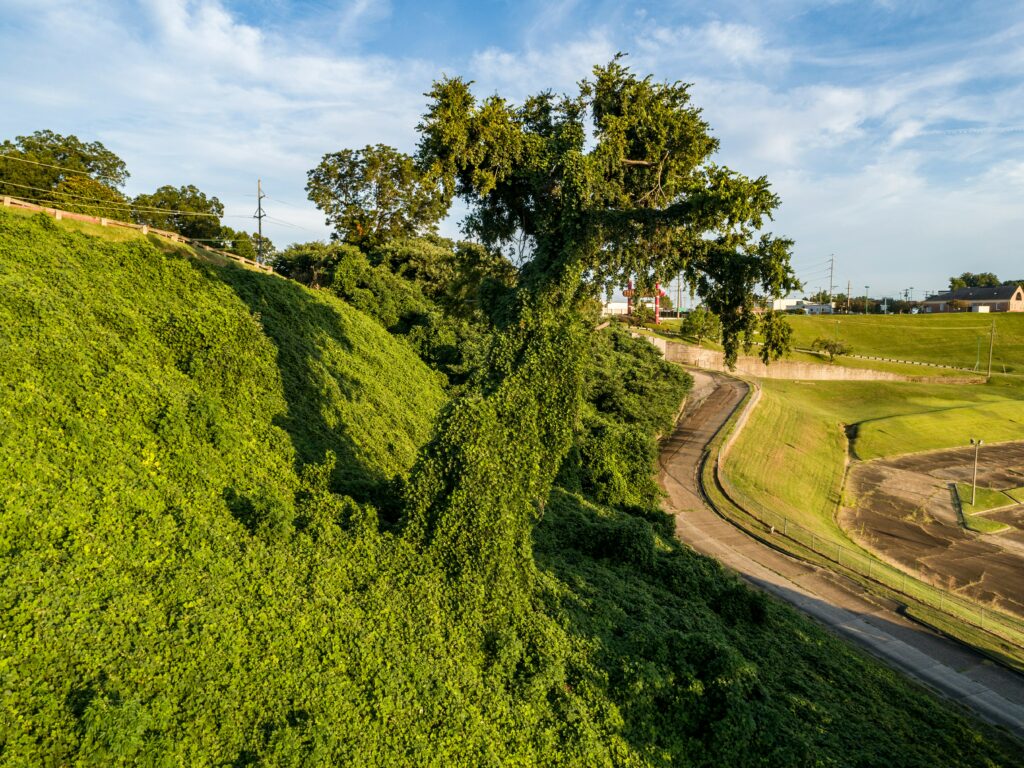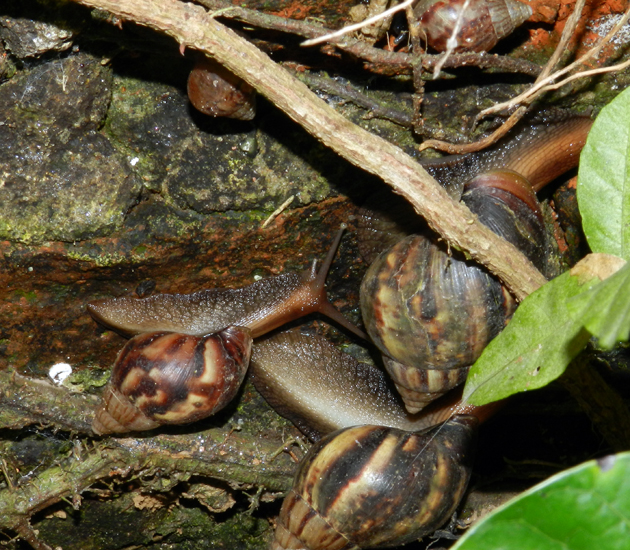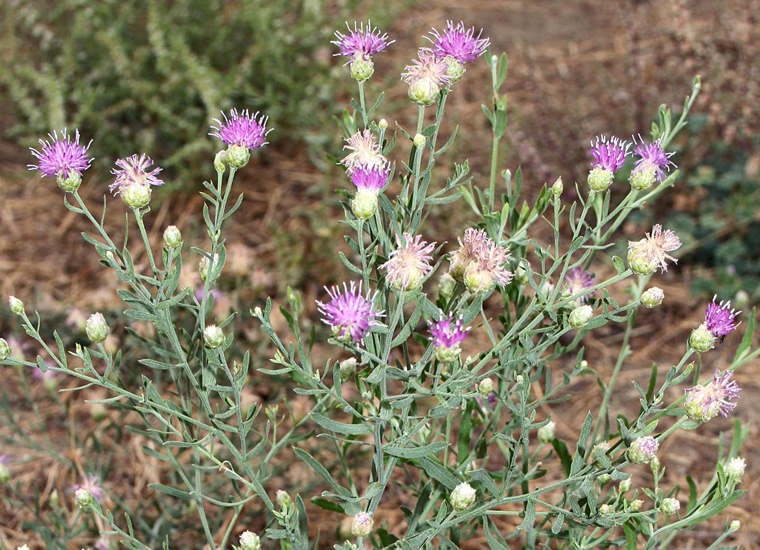The presence of invasive species poses a significant hazard to many native environments and species found in the United States (US). They lead to significant expenses in agriculture, forestry, and recreation. Once out of control, they can destroy entire ecosystems, causing environmental, social, and financial problems. In fact, their presence is costing the US up to $120 billion annually.
The United States Invasive Species Awareness Week (NISAW) takes place from 26th February to 1st March. We look at some of the most troubling land species found in the US.
Spongy moth
Lymantria dispar

The spongy moth was first introduced to Massachusetts in the 19th century by astronomer Étienne Léopold Trouvelot. Nowadays, populations can be found across northeastern regions of the US and southern parts of Canada. The caterpillars of spongy moths can defoliate trees, particularly hardwoods like oak and maple. Between 1924 and 2013, over 37 million hectares were defoliated in the US, resulting in substantial environmental and economic losses. Extensive monitoring and control measures are crucial to prevent the spongy moth from causing widespread damage.
Kudzu
Pueraria montana var. lobata

This creeping vine grows quickly, aggressively covering large areas of native grasses and trees. Kudzu, initially brought to the US as an ornamental plant in the late 19th century, gained popularity in the 1930s for its ability to address soil erosion. Growing 10 inches daily, the perennial climbing vine has spread rapidly, particularly in the southeastern US. It smothers native environments, shading them from sunlight. Few species can survive when engulfed by kudzu.
Giant African land snail
Achatina fulica

The giant African land snail has been hailed as “one of the most invasive pests on the planet” by the Florida Agriculture Department. Its voracious appetite means it attacks a variety of economical and medicinal plants. This includes key US crops like beans, rubber, and sweetcorn. With their ability to reproduce asexually, they can lay up to 500 eggs at a time, meaning their numbers grow quickly. The US has already eradicated the pest twice from Florida since it arrived in the late 1960s. However, it continues to return, costing the state millions of dollars.
Russian knapweed
Rhaponticum repens

This herbaceous perennial plant, native to Asia, is currently found in 45 states. It grows rapidly and produces allelopathic chemicals, which development of different plants. These chemicals can inhibit the growth of native plant species, including crops with economic value. What is more, they are highly adaptable to varying environments; this makes them particularly difficult to control. CABI has worked on controlling Russian knapweed in the US since 1999. Efforts are focused on biological control agents to curb the spread of the weed.
Spotted lanternfly
Lycorma delicatula

This sap-sucking pest has been present in the US since 2014 when they were first reported in Pennsylvania. Spotted lanternflies are a major agricultural pest, damaging crops like maple, hops, and grapevines. They spread to New York City in 2020, as they possess the ability to hop onto transportation; anything from cars, and buses to trains. The bigger their populations get, the more likely they are unintentionally moved to new areas. CABI is currently investigating a ‘proactive biocontrol’ approach to curbing the spread of this pest through natural enemies.
Building up-to-date scientific data on invasive species is crucial for facilitating monitoring and control strategies. This is why CABI is conducting a project which is commissioning, processing, and publishing 72 datasheets of invasive species affecting habitats and species in the US. These datasheets will help ensure that resources are focused on where they will have the most impact. Learn more about the invasive species threatening the United States of America and other invasive species on the CABI Compendium.
Invasive species expertise
CABI has worked on invasive species for over 100 years, developing practical ways of tackling the biggest threats. Our scientists are world leaders in biocontrol research. We produce a range of dedicated knowledge tools on invasive species. These include information on how to prevent the spread of invasive species, how to detect outbreaks and best practice solutions for controlling invasives.
Find out more about CABI’s research on invasive weeds and plants in the US, including garlic mustard, toadflaxes, houndstongue, hoary cress, and others.
Additional resources
Can scientific data on invasive species protect endangered species from extinction?
Invasive weeds in America’s Western states: restoring balance using biological control
Fast-growing kudzu plant overwhelms native species
If you love your wine, watch out for the spotted lanternfly!
Horizon Scanning Tool – a decision support tool that helps users identify potential invasive species threats.
Pest Risk Analysis Tool – helps select appropriate measures for reducing the risk of pest introduction and facilitating the safe movement of plants and plant products
Related News & Blogs
Biological control in action: Zambia’s field days on fighting fall armyworm
Experts from CABI recently held two field days and an expo in Zambia, showcasing innovative approaches to pest management to 584 farmers, agro-dealers and other stakeholders to help raise awareness of approaches to tackle the invasive fall armyworm (Sp…
11 June 2025




